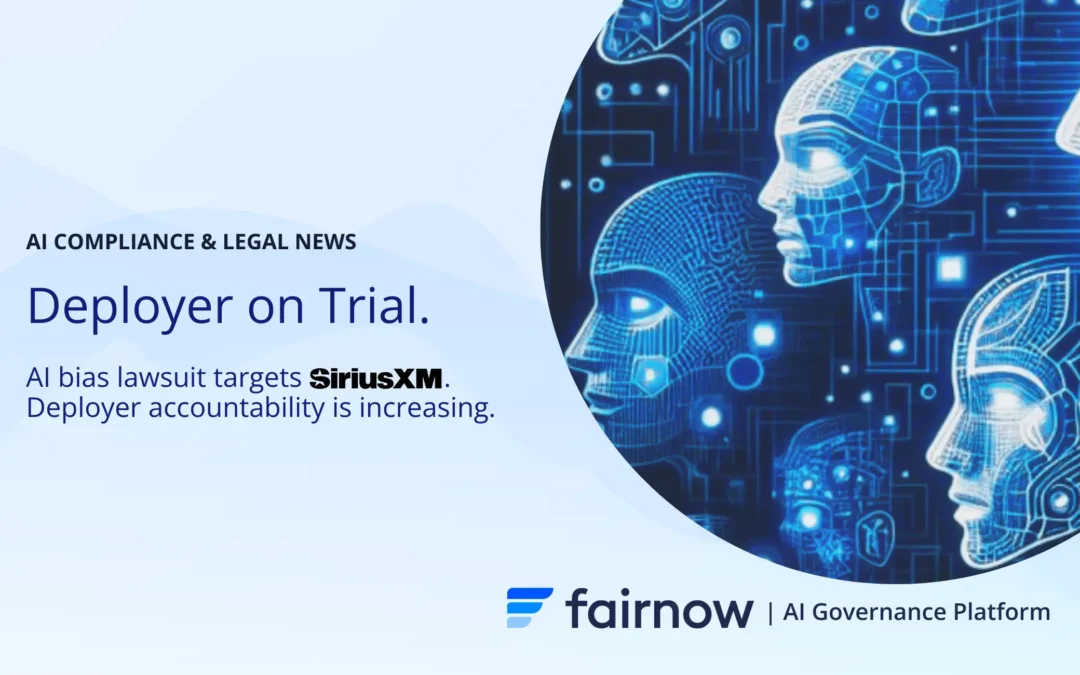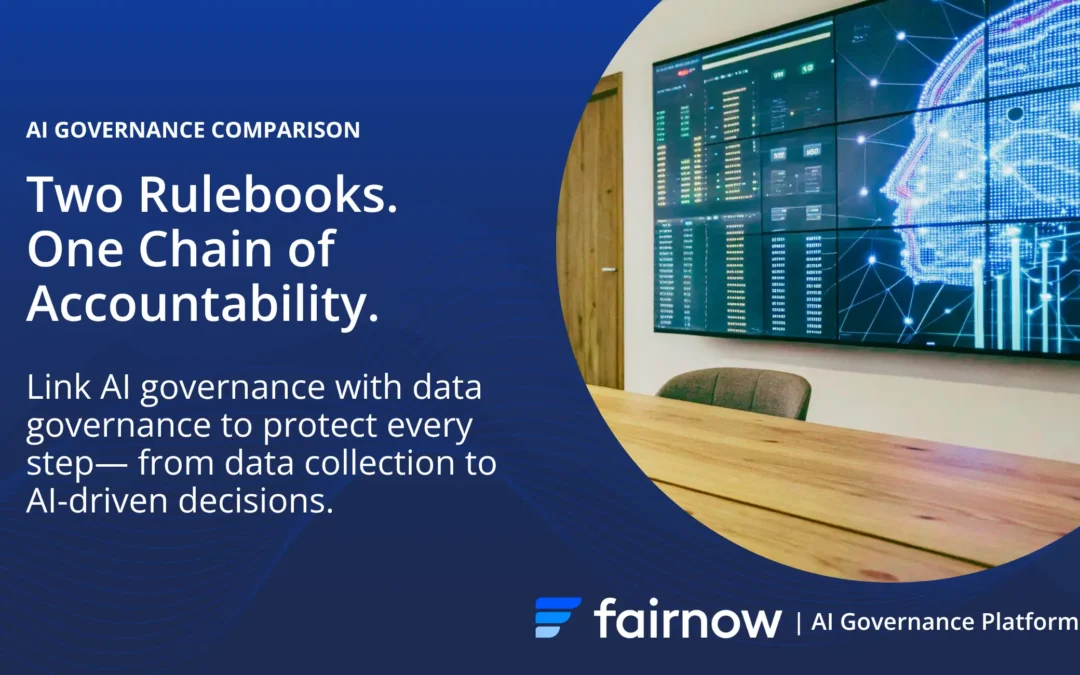What is an Automated Employment Decision Tool (AEDT)? The Simple Definition
An Automated Employment Decision Tool (AEDT) is a program that uses statistical inference, machine learning, artificial intelligence, or data analytics to replace or assist decision-making in hiring and worker management domains.
The Technical Definition
An Automated Employment Decision Tool (AEDT) refers to a software or system that uses algorithms, machine learning, artificial intelligence, or other computational methods to assist in or make decisions related to employment processes.
These decisions can include hiring, firing, promotions, or job assignments. The tool may analyze resumes, evaluate candidates’ responses in interviews, or assess employee performance. It aims to streamline the decision-making process, increase efficiency, and potentially reduce human bias.
However, it is crucial to regularly audit and evaluate these tools to ensure they do not perpetuate bias or discrimination.
Regulations like NYC Local Law 144 govern employer usage of AEDTs. They focus on bias testing and transparency measures to protect users.
Explain it Like I’m Five
Imagine you have a super smart toy robot that can help you choose which games to play with your friends. You tell the robot about the games and about your friends, and then it thinks really hard and tells you which game would be the best for everyone to have fun.
An Automated Employment Decision Tool (AEDT) is like that toy robot, but for grown-up jobs. When people want a new job, they tell the company about themselves, and this smart tool helps the company decide who would be the best person for the job. It looks at all the information and tries to make a fair choice so that everyone gets a chance to work and do what they are good at.
Use Automated Employment Decision Tool (AEDT) at the Water Cooler
How to use it in a sentence at work:
“Our HR department recently implemented an AEDT to streamline the hiring process, ensuring that we evaluate all candidates fairly and efficiently based on their skills and experience.”
What is the AEDT Process?
The AEDT process involves several stages, from the initial implementation of the tool to its ongoing monitoring. The goal is to ensure the tool’s output is fair, transparent, and compliant with relevant regulations.
Here is a typical AEDT process:
- Data Collection and Preparation: The tool is fed with relevant data, such as resumes, performance reviews, or other metrics. This data is then cleaned and formatted for the tool’s analysis.
- Algorithmic Analysis: The AEDT’s algorithm processes the data to identify patterns, make predictions, and score candidates or employees. This may involve assessing skills, predicting job performance, or other outcomes.
- Decision Support or Automation: The tool either provides a recommendation to a human decision-maker or directly makes a decision, such as ranking candidates for an interview or identifying employees for promotion.
- Bias Auditing: The tool and its data are tested for potential biases. This is a critical step to check if the tool is disproportionately favoring or disfavoring individuals based on protected characteristics like race, gender, or age.
- Transparency and Reporting: The results of the bias audit and other relevant information about the tool’s functionality are documented. This information may be required for public disclosure, internal review, or regulatory compliance.
- Ongoing Monitoring: The AEDT is continuously monitored to ensure its fairness and accuracy don’t degrade over time. The process is repeated to account for new data and changing organizational needs.
What is the difference between ADT and AEDT?
The primary difference between an ADT and an AEDT lies in their scope. ADT stands for Automated Decision Tool, which is a broad term for any software that uses automation to aid or make a decision. This could apply to a wide range of fields, such as loan approvals, marketing recommendations, or medical diagnoses.
AEDT, or Automated Employment Decision Tool, is a specific type of ADT. It’s a subset of ADTs that is explicitly used in the context of employment decisions, such as hiring, promotion, or termination. The term AEDT is typically used in legal and regulatory contexts, like NYC Local Law 144, which focuses on the unique risks and biases that can arise when using AI in employment. In essence, while all AEDTs are ADTs, not all ADTs are AEDTs.
The FairNow Solution for AEDTs
Compliance with AEDT regulations like NYC Local Law 144 is essential for responsible hiring. FairNow’s AI governance software provides a comprehensive solution with automated bias detection and regulatory compliance tools to help you build, deploy, and audit your AEDTs while ensuring fairness and transparency. With FairNow, you can proactively manage risk and confidently use employment-related AI.


